What Size Camera Bag?
The size of a camera bag depends on the amount and size of the camera equipment that needs to be carried. Camera bags come in various sizes, from small pouches that can hold a single camera and lens to large backpacks that can accommodate multiple cameras, lenses, and accessories. It is important to choose a camera bag that fits the specific needs of the photographer and their equipment. A bag that is too small may not provide enough protection or space for all the gear, while a bag that is too large may be cumbersome to carry around. It is recommended to measure the dimensions of the camera and lenses and choose a bag that can comfortably fit them, along with any additional accessories such as batteries, memory cards, and filters.
1、 Types of camera bags
Types of camera bags include backpacks, shoulder bags, sling bags, rolling bags, and hard cases. Each type of bag has its own advantages and disadvantages, and the choice of bag will depend on the photographer's needs and preferences.
Backpacks are a popular choice for photographers who need to carry a lot of gear. They distribute the weight evenly across the back and shoulders, making them comfortable to wear for long periods of time. Shoulder bags are another popular option, as they allow for quick and easy access to gear. Sling bags are a hybrid of backpacks and shoulder bags, offering the convenience of a shoulder bag with the added comfort of a backpack.
Rolling bags are ideal for photographers who need to transport a lot of gear over long distances. They are easy to maneuver and can be pulled behind the photographer like a suitcase. Hard cases offer the ultimate protection for camera gear, but they are heavy and bulky.
When choosing a camera bag, it is important to consider factors such as the amount of gear that needs to be carried, the level of protection required, and the photographer's personal preferences. It is also worth considering the latest trends in camera bags, such as bags that are designed specifically for mirrorless cameras or bags that incorporate smart technology to help photographers keep track of their gear. Ultimately, the right camera bag will be one that meets the photographer's needs and helps them to capture the best possible images.
2、 Factors to consider when choosing a camera bag
Factors to consider when choosing a camera bag include the size of the bag, the type of camera and lenses you have, the level of protection you need, the style and design of the bag, and the level of comfort and convenience you desire.
The size of the camera bag is an important consideration as it should be able to accommodate all your camera gear comfortably. You should choose a bag that is large enough to hold your camera body, lenses, and other accessories such as batteries, memory cards, and filters. However, you should also avoid getting a bag that is too big as it can be cumbersome to carry around.
The type of camera and lenses you have will also determine the size and type of bag you need. If you have a large DSLR camera and several lenses, you will need a larger bag with compartments to keep everything organized. On the other hand, if you have a smaller mirrorless camera, you may be able to get away with a smaller bag.
The level of protection you need is also important. If you are traveling with your camera gear or plan to use it in harsh weather conditions, you will need a bag that offers more protection. Look for bags that are waterproof, shockproof, and have padded compartments to keep your gear safe.
The style and design of the bag are also important considerations. You should choose a bag that suits your personal style and preferences. There are many different styles of camera bags available, from backpacks to messenger bags, so you should be able to find one that suits your needs.
Finally, the level of comfort and convenience you desire is also important. Look for bags that have padded straps and back panels for comfort, as well as features such as quick access pockets and removable dividers for convenience.
In the latest point of view, sustainability is also becoming an important factor to consider when choosing a camera bag. Many companies are now offering eco-friendly options made from recycled materials or using sustainable production methods. Choosing a sustainable camera bag can help reduce your environmental impact and contribute to a more sustainable future.
3、 Size and capacity of camera bags
What size camera bag you need depends on the amount of gear you plan to carry. Camera bags come in various sizes and capacities, ranging from small pouches that can hold a single camera and lens to large backpacks that can accommodate multiple cameras, lenses, and accessories.
When choosing a camera bag, it's important to consider your specific needs and preferences. If you're a minimalist photographer who only carries a camera and one or two lenses, a small shoulder bag or sling bag may be sufficient. On the other hand, if you're a professional photographer who needs to carry a lot of gear, a large backpack or rolling case may be more appropriate.
In recent years, camera bag manufacturers have been focusing on creating bags that are not only functional but also stylish and comfortable to wear. Many bags now come in a variety of colors and materials, and feature ergonomic straps and padding to make carrying heavy gear more comfortable.
Another trend in camera bags is the incorporation of technology, such as built-in charging ports and RFID-blocking pockets for added security. Some bags even have modular designs that allow you to customize the interior compartments to fit your specific gear.
Ultimately, the size and capacity of your camera bag will depend on your individual needs and preferences. It's important to choose a bag that not only fits your gear but also fits your style and comfort level.
4、 Features of a good camera bag
Features of a good camera bag include durability, comfort, organization, and protection. A good camera bag should be able to withstand wear and tear, as well as protect your camera and accessories from damage. It should also be comfortable to carry, especially if you plan on using it for extended periods of time. Organization is also important, as it allows you to easily access your gear and keep it organized.
In addition to these traditional features, the latest point of view is that a good camera bag should also be versatile and adaptable. Many photographers now use a variety of different cameras and accessories, and a good camera bag should be able to accommodate these different setups. It should also be able to adapt to different shooting situations, whether you're hiking through the wilderness or shooting in a crowded city.
Another important feature of a good camera bag is style. While functionality is key, many photographers also want a bag that looks good and reflects their personal style. Fortunately, there are now many stylish camera bags available that offer both form and function.
Ultimately, the size of the camera bag will depend on your specific needs and the amount of gear you plan on carrying. Some photographers prefer a smaller bag for quick shoots, while others need a larger bag for longer trips or more extensive gear setups. Regardless of size, a good camera bag should offer the features mentioned above to ensure that your gear stays safe, organized, and easily accessible.





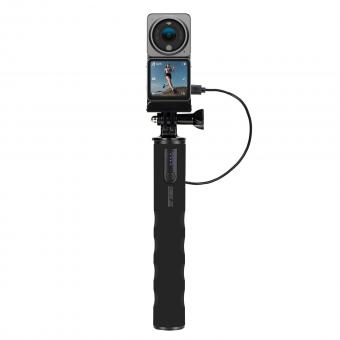






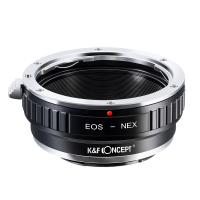
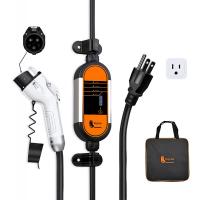

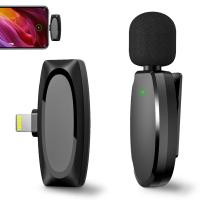



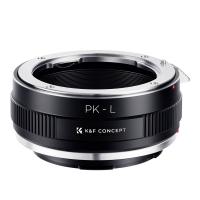

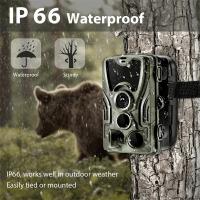
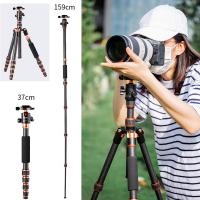



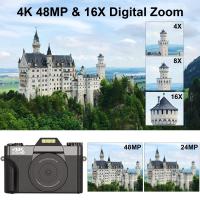
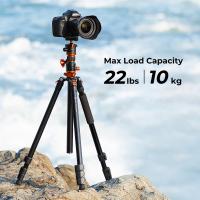

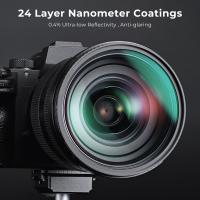

There are no comments for this blog.